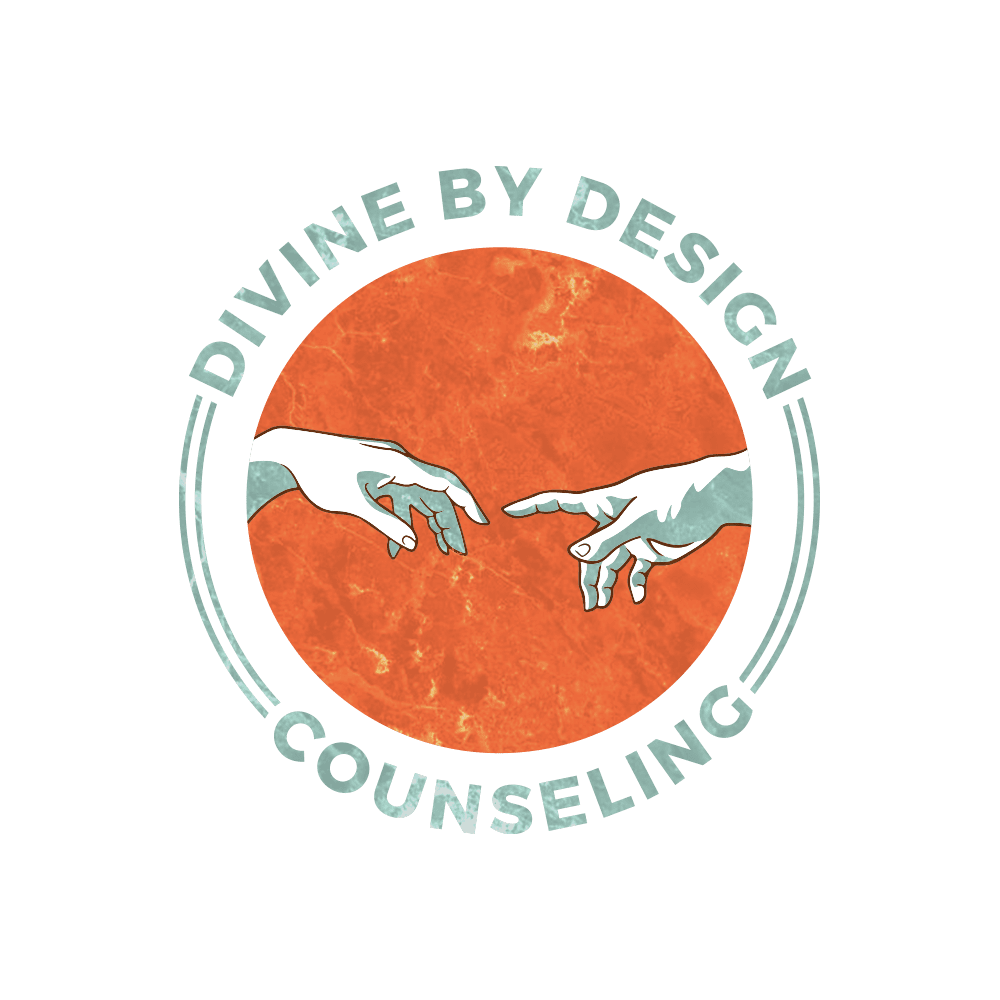Limits and Limitations
Limits…limitations. There are all kinds of uses and nuances with these two simple words. We have speed limits, we limit how much we drink or how much we eat, there are statute of limitations, and when there’s a great sale there’s usually a limit on how many of those items you can purchase. In this sense, these examples feel very nonthreatening, productive and useful. However, when we hold them up against our day-to-day actions, our abilities and talents, they can be perceived in a negative light with a connotation of weakness or suggesting a lack of ability. But what if the idea of setting limits and implementing limitations actually created more space in your life?
Perceived another way, limits are minimums and maximums in our lives and when used intentionally they help to define how best to invest our time. In simple terms, we have a minimum and maximum amount of time that we are prepared to or are willing to spend on specific activities whether it be time with friends, helping others out or investment in family. Limits help us determine what matters most and affords us the time and space to make intentional deposits. Viewed in the light of boundaries, they actually create more space in our lives.
Anytime we are practicing a “no,” we are creating more space for a “yes.”
Potential and Capacity
The idea of limits eliminates the potential of over-committing and under-delivering. We have all been at the short end of that stick. If we invest more than is necessary in a problem or we are working harder to help someone than they are working themselves, we are over-committing. If we do not give them enough time and become dismissive or our commitment falls short, we are under-delivering. When we are practicing good boundaries, we know and are aware of our limits and limitations. This is not weakness, it is having an awareness of what our capacity is, what we are willing to invest and when we have reached our stopping point.
I was recently in a conversation with a friend about the idea of knowing our limits and limitations with the rule of thumb: living to your potential, not your capacity. Not sure that she understood the difference, I went on to explain that we want to live to our potential.
Whatever we are investing in, however we are spending our time, we show up fully present and our hearts engaged to the best of our ability. But we can limit the amount of time we are engaging in this way so we do not become tapped out, burned out or over-committed. We are not burning the candles at both ends.
There is a limit to capacity. There are no limitations to potential.
We learn to do what we say and say what we do. The greatest challenge in all of this is setting limits can be counterintuitive with our instincts and emotional needs. If we are wavering in our boundaries, we may feel mean or selfish or give too much or not enough. We must learn to give ourselves permission to draw a line.
A Beautiful Example
Jesus showed us such a beautiful example as He knew his limitations and was proactive in setting limits. He would often withdraw from the crowd and go pray. When He sent the disciples out, He gave them instruction as they were going from town to town, if they were not received to shake the dust off their sandals and continue on to another town. He showed insight when demands were placed on Him to perform miracles for unbelieving Pharisees, exhibiting the ability not to succumb to their ill-desired wishes. He only did what the Father told Him to do and when tempted by the devil, even though He was famished and weak, He never acquiesced. Jesus knew His limitations and lived within His limits, and if every miracle and action was written down during His lifetime, there would not be enough books to contain it.
5 Practical Steps
So how do we live within our limitations through setting limits?
- Know yourself – are you an introvert (you recharge your energy by time alone) or an extrovert (you recharge by spending time with people).
- Learn to live each day with capacity leftover – you don’t have to keep going until you are tapped out at the end of each day. Leave yourself some wiggle room.
- Where are you investing your time? Are you over-committing or under delivering?
- Do what you say and say what you do – but be realistic.
- Live your life led by the Holy Spirit. Not all good things require a “yes.”






0 Comments